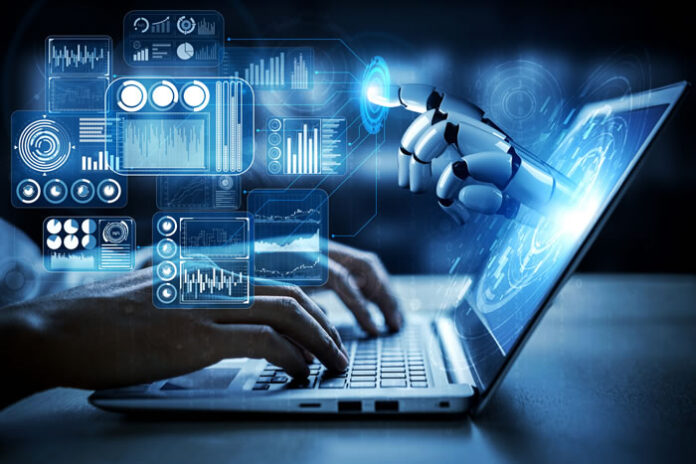Timely, relevant, and productive knowledge finding is a prerequisite to innovative corporations worldwide. Achieving such requires more than implementing the “trendiest” solution on the market.
Solutions capable of gathering information that results in proactive insights are equipped with machine learning and artificial intelligence techniques that don’t necessarily meet the naked eye.
With business-critical information in a myriad of documents and files, 90% of which is in an unstructured format, understanding what these methods and services are is critical to realizing what different knowledge management solutions can do for you.
Essential services include entity recognition, classification, semantic relations, proactive insights, and natural language processing (NLP).
This piece aims to serve as a glossary to users so they can easily understand the benefits they bring to the corporate world and everyday workers – enhancing knowledge finding and equipping departments with on-the-spot information.
Entity Recognition
Entity recognition allows automated extraction of key entities to occur. Various dates, people, companies, numbers, and locations are mentioned in lengthy documents. Using entity recognition, also referred to as named-entity recognition (NER), permits computers to detect specific entities and categorize them.
For example, a user looking to locate people within a document can easily do so using a solution equipped with an entity recognition service. Names such as “Daniel Fallmann” or “Bill Gates” will be extracted and identified clearly as people. Tools like entity recognition save workers from scanning hefty documents manually to find the relevant terms. Entity recognition is just a part of great knowledge finding.
Classification
Classification refers to predictive labeling based on a predetermined set of categories. Similar to entity recognition and identifying categories, classification take this a step further and separates the data – a crucial task for segregating data in vast quantities. This is really key to a great knowledge finding process.
For example, an insurance company may receive thousands of claims per day. Classification can identify the category of the claim and spread them out to the appropriate department – a much more efficient and cost-saving strategy than having people in the mailroom do so.
Semantic Relations
To take it a step further than recognizing and categorizing, semantic relations allow relationships to be established between two or more completely different entities. This technique lets users see how one piece of data relates to another.
An example of semantic relations I shared in a previous article is
“When an employee needs a resource or someone to consult on a certain project. With many specialized areas existing throughout an entire company, people find themselves asking who the best person to contact about a subject matter is all the time, but never seem to have the answer. Connecting data takes the guessing and endless hunt for information out of the equation. By connecting data from marketing content like blogs and whitepapers, sales slides and decks, and customer support tickets, machine learning can establish who the true expert is for any given topic or question.”
Thus, a relationship is established between the subject and the subject matter expert – another component to great knowledge finding.
Proactive Insights
Proactive insights are exactly what they sound like. Rather than manually triggering a search for a specific topic, artificial intelligence can provide users with knowledge finding and knowledge directly in the application they are working. The insights fed to the user are based on data they deem necessary, the task they are working on, or past history. With the right solution, these insights are provided in an easily digestible format that doesn’t stall workflows.
From an external perspective, case deflection is a popular example of this. A chatbot recognizes what the web user is browsing and pops up with suggestions on relevant reading material.
Natural Language Processing (NLP)
All these techniques use NLP in some way, shape, or form. NLP ensures the solution understands human language so entities can be recognized and classified for establishing relations and providing insights.
Natural language processing works with multiple languages and guarantees the processing of natural, human language – allowing the system to understand and analyze any typed or spoken word.
With these techniques, facts you never knew existed can be extracted and used across your enterprise for fast knowledge finding. In addition, business-changing patterns and insights are brought to the forefront to help decision-making and speed up workflows.
If you are looking for an intelligent solution to fit these needs, it is always important to recognize what is happening in the backend!
















